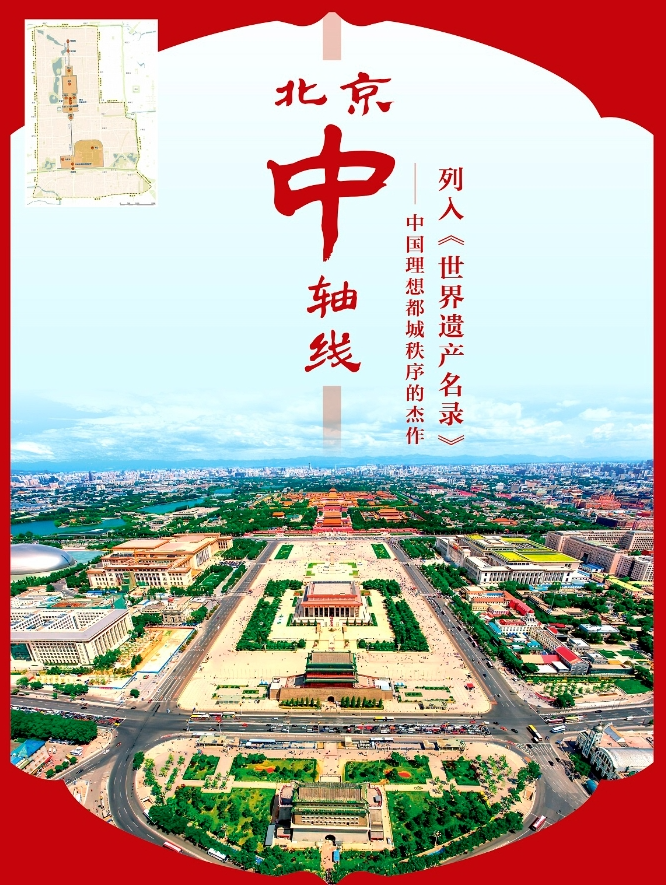The Beijing Central Axis, known as “A Building Ensemble Exhibiting the Ideal Order of the Chinese Capital,” has been officially recognized as a World Heritage Site at the 46th session of the UNESCO World Heritage Committee in New Delhi, India. This marks China’s 59th entry on the prestigious list.
The Beijing Central Axis, situated at the heart of Beijing’s ancient city, stretches 7.8 kilometers from the Bell and Drum Towers in the north to the Yongdingmen Gate in the south. This historic axis originated in the Yuan Dynasty (1279-1368) and has been refined over more than seven centuries, serving as a crucial cultural and architectural backbone of the city.
Classified as a “building complex,” the Beijing Central Axis comprises 15 heritage elements, blending buildings and sites that define the layout of the old city. Heritage experts highlight the axis’s unique representation of the ideal urban landscape and core architectural groups in the East, making it an invaluable addition to the World Heritage List.
Lü Zhou, director of the National Heritage Center at Tsinghua University, emphasized the distinctiveness of Beijing’s planned and constructed urban form compared to the naturally evolved medieval European cities on the list. He noted that Beijing’s design was based on the concept of a central world city, with the Central Axis being the focal point.
Jiang Bo, a professor from the Institute of Cultural Heritage at Shandong University, described the Beijing Central Axis as a “masterpiece” with a unique Eastern charm in the history of world urban landscapes. The north-south central axis concept has influenced urban planning beyond China, extending to the Korean Peninsula, Japan, and Vietnam, becoming a classic in ancient Eastern urban design.
In addition to the Beijing Central Axis, the Badain Jaran Desert in North China’s Inner Mongolia Autonomous Region and the Migratory Bird Sanctuaries along the coast of the Yellow Sea-Bohai Gulf (Phase II) were also added to UNESCO’s World Heritage List. China now boasts 59 World Heritage Sites, including 40 cultural heritage sites, 15 natural heritage sites, and 4 mixed cultural and natural heritage sites.
The UNESCO event, scheduled to continue until July 31, includes the examination of 27 nominated sites and the assessment of the conservation status of 124 existing sites on the World Heritage List.

